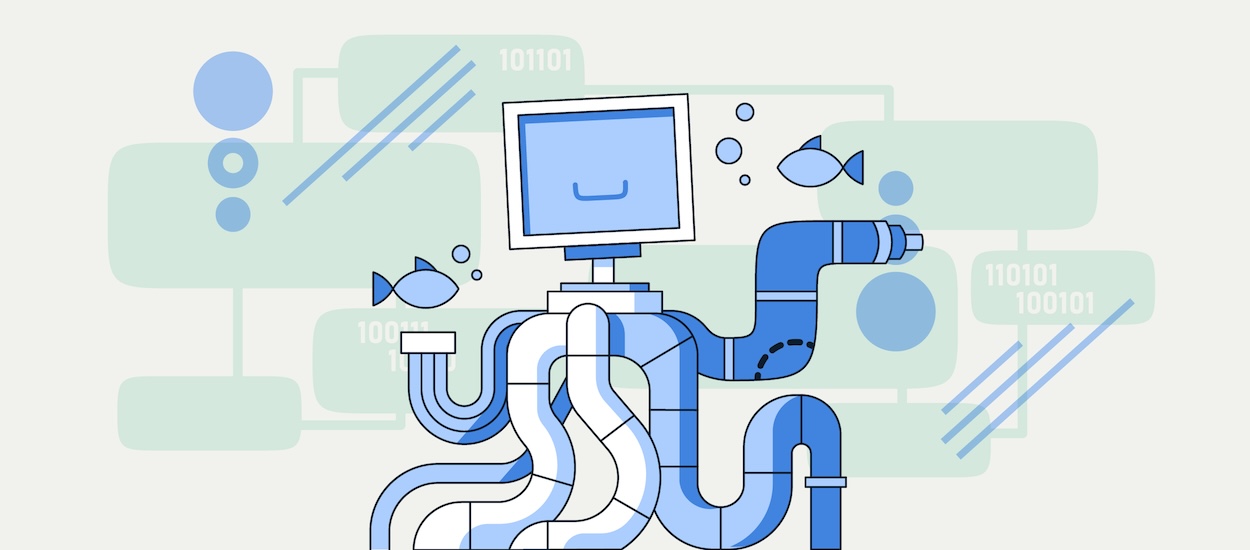The Internet can often feel invisible and intangible—even the power lines on nearly every street can start to feel invisible because we are so used to seeing them!
In reality, the Internet isn’t invisible at all; it depends on a vast environment of physical infrastructure, from undersea cables to data centers to smartphones to satellites to miles upon miles of wiring.
An expansive and knowledgeable group of people builds and maintains this infrastructure. This group helps make up the Internet technical community and enables us to communicate safely, affordably, and efficiently online.
What Are Some Examples of Internet Infrastructure?
Internet Exchange Points (IXPs) are locations that allow networks to interconnect and exchange Internet traffic. This helps keep data local instead of routing it across the country or internationally and then back. IXPs improve network resilience, efficiency, and quality. They also lower costs for consumers.
Community Networks are networks that are deployed and operated by local citizens to meet their unique connectivity needs. They are a by-the-people, for-the-people approach to bringing affordable Internet access to a community that traditional Internet providers have left behind.
Low Earth Orbit (LEO) Satellites are a more recent solution to unreliable service and communications latency. Because they are closer to the Earth than traditional satellites, LEOs provide high-speed connections and can help people bring the Internet to rural areas without having to lay down a cable network.
Root Servers are devices that publish the content of a small file (called a root zone file) to the Internet. This file is at the top of a hierarchical distributed database called the domain name system (DNS). Almost all Internet applications—like the web and email—use DNS to translate human-readable language to machine-readable language.
Who Makes Up the Technical Community?
The ‘Internet technical community’ is a broad term that encompasses many specialized and regional technical groups that support the Internet in some way.
Infrastructure providers and operators play a key role in the technical community by investing in and building physical Internet infrastructure that is necessary to connect users to the Internet. They include companies, organizations, and consortia that build and operate submarine cables, terrestrial networks, satellite networks, cellular towers, IXPs, content delivery networks, and data centers.
Service creators and vendors are also important players, providing software applications and platforms that enable the delivery of content and services online. They include mobile app development platforms, social media platforms, e-commerce and payment platforms, cloud service platforms, and cybersecurity companies.
In addition to those who work directly with infrastructure, the technical community includes those who help establish an “enabling environment” that helps the Internet function and thrive. This encompasses groups who help operate the DNS, like the Internet Corporation for Assigned Names and Numbers (ICANN), and standards bodies like the Internet Engineering Task Force (IETF). Regional Internet Registries (RIRs) also play an important role in ensuring that the Internet functions seamlessly through the distribution of IP address space. The world’s five RIRs—AFRINIC, APNIC, ARIN, LACNIC, and RIPE NCC—are also Internet Society organization members.
How Does Internet Infrastructure Benefit People?
Having more and better infrastructure can greatly affect people’s online experiences—and whether they are able to get online in the first place!
Without infrastructure, there would be no Internet. Millions of people around the world use the Internet for communication, employment, education, healthcare, and more—the reasons are too numerous to name! This is all thanks to infrastructure.
Local infrastructure can also make the Internet in your region faster, more affordable, and more resilient. For instance, thanks to an IXP in Burkina Faso, the country wasn’t significantly impacted by a submarine cable cut last year.
Before the IXP began operating, all the Internet traffic in Burkina Faso had to travel to Europe and back through submarine cables. A cable cut could have meant months of waiting for service to return to normal.
What Is the Internet Society Doing to Support Local Technical Groups?
We are proud to work closely with technical communities worldwide to move towards achieving our vision of an Internet for everyone. In fact, many of our global chapter members are also part of local technical groups!
In our work to connect the unconnected, we often support the construction of new infrastructure. Where there is infrastructure, there must be people with the technical knowledge to build and maintain it.
Education and training play a key role in our work. Helping people develop their technical skills is an essential part of supporting the next generation of the technical community and nurturing emerging technical communities in newly connected areas.
The Bottom Line
There is a built environment of the Internet. We need infrastructure to run the Internet, and we need technical communities to manage that infrastructure.
Almost all of the world’s intercontinental data traffic is supported by submarine cables, and there are about 150 submarine cable faults per year. Can you imagine if no one knew how to repair them? Connectivity would be a mess! The community’s technical knowledge is absolutely essential to the daily operation of the global Internet.

